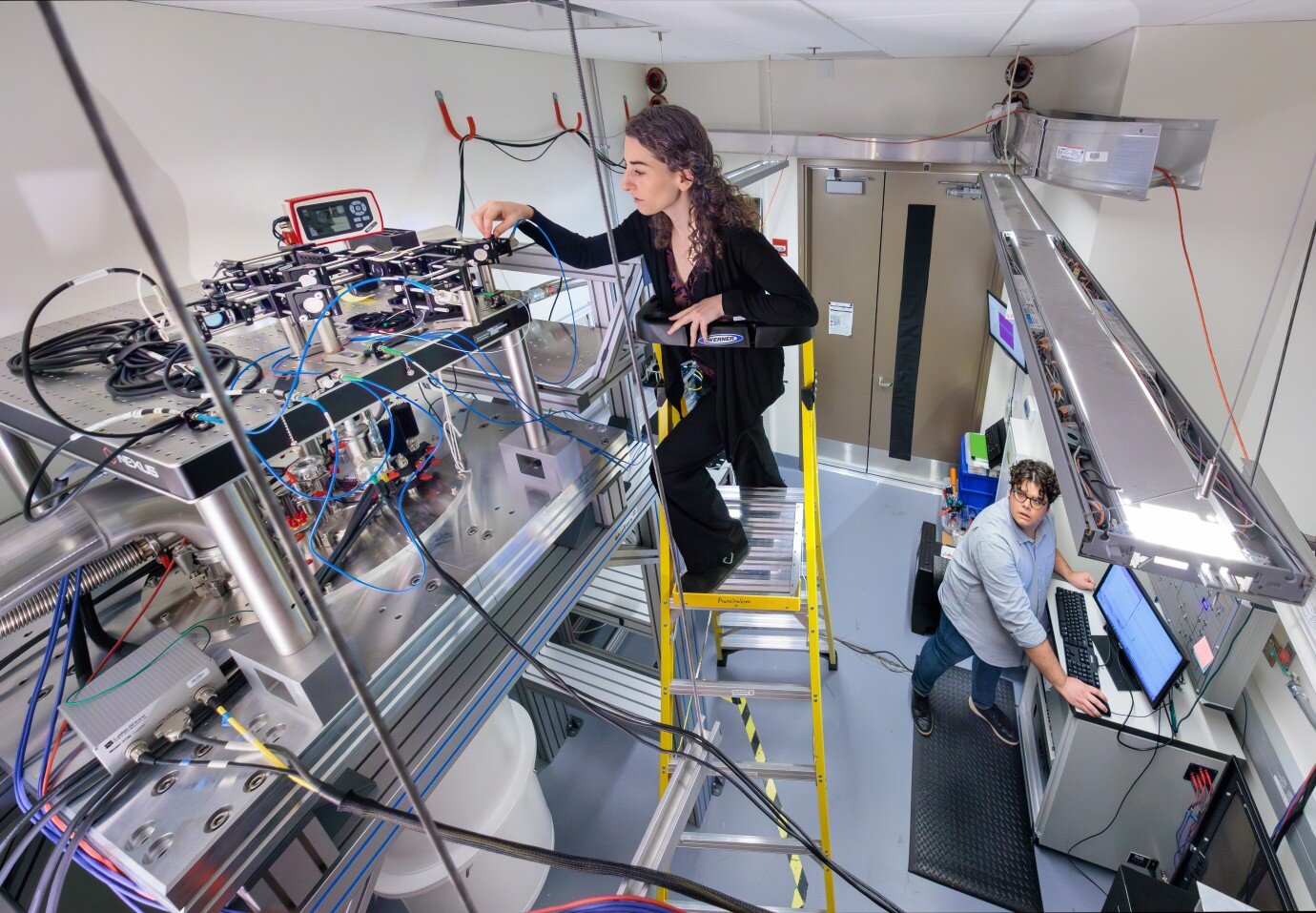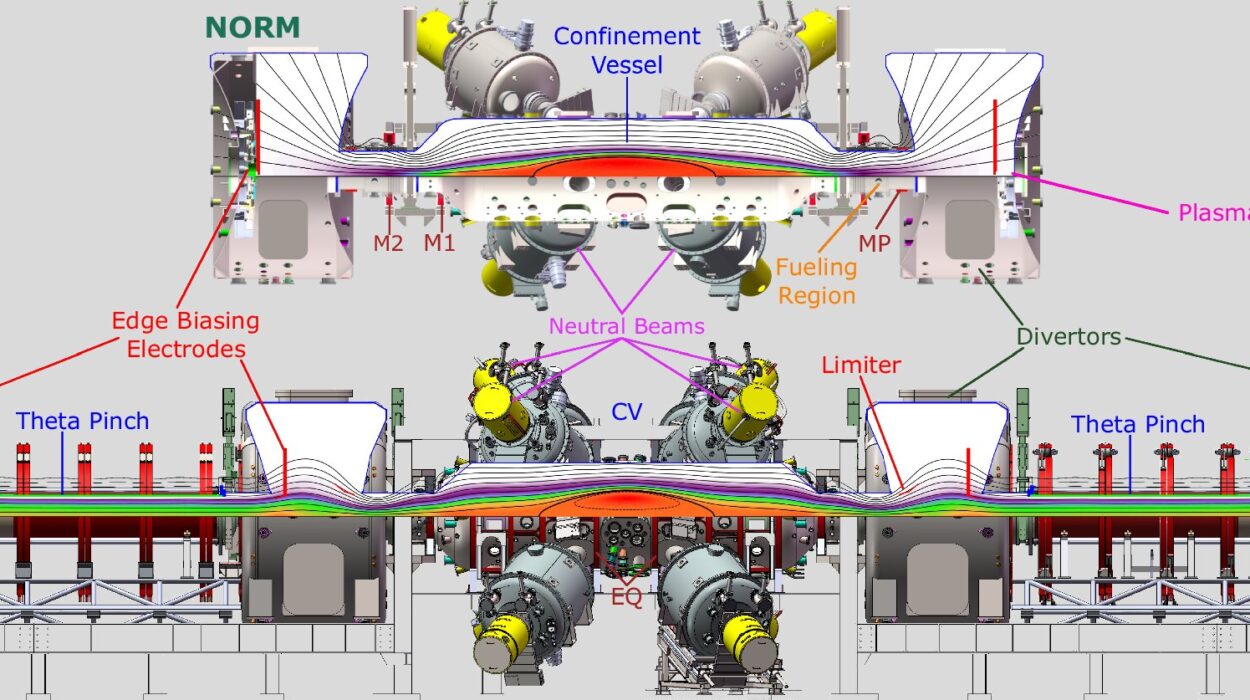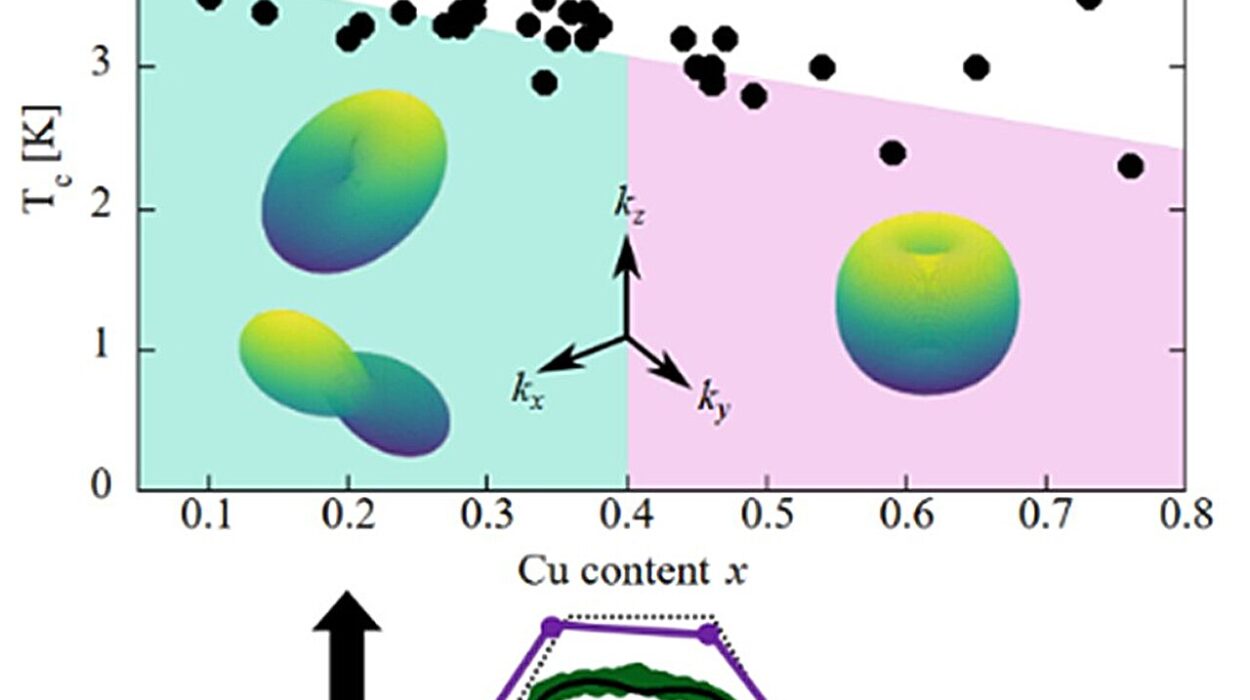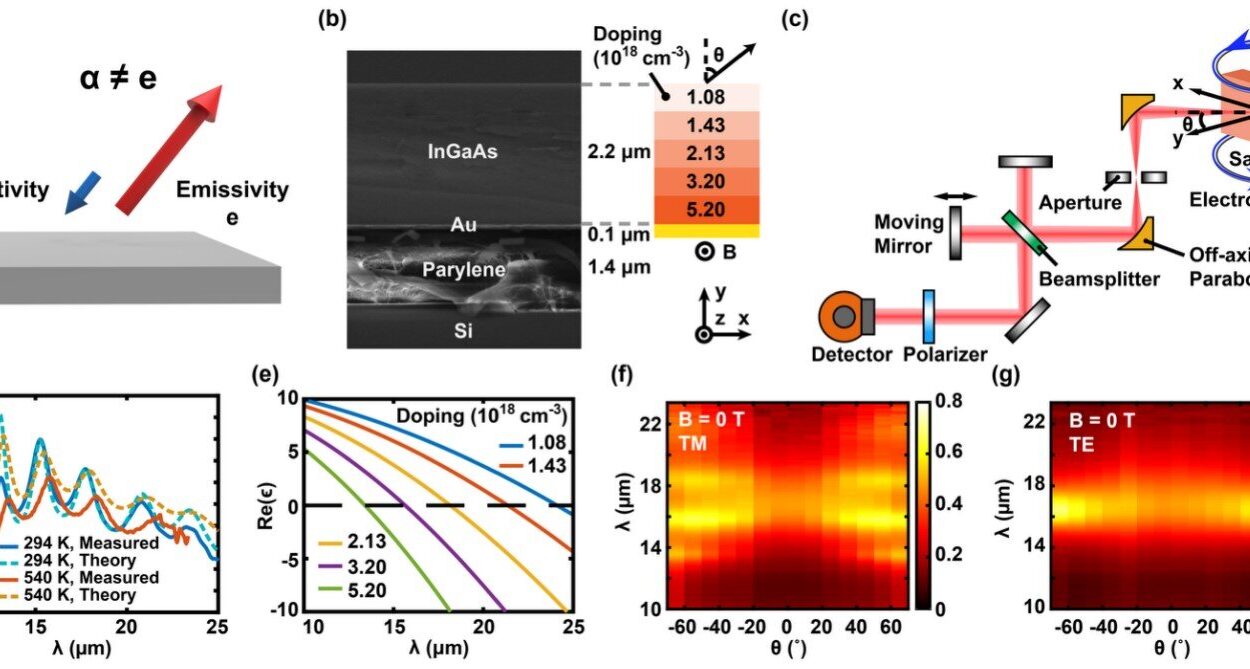In the history of science, there are moments when two seemingly different worlds are suddenly joined together by a discovery that reshapes what is possible. The creation of electricity led to the modern world of power grids and electronics. The union of physics and chemistry gave birth to materials science and the technologies we carry in our pockets today. Now, another such moment may be upon us: a team of researchers has unveiled molecular qubits that unite light and magnetism—two forces central to both classical and quantum worlds.
Developed by scientists at the University of Chicago, the University of California Berkeley, Argonne National Laboratory, and Lawrence Berkeley National Laboratory, these molecular qubits represent more than just an incremental advance. They are a bold new building block for future quantum networks—networks that may someday knit the globe together with unbreakable encryption, link distant quantum computers, and allow us to probe reality with sensors of almost unimaginable sensitivity.
Published in Science, this achievement is more than a technical feat; it is a glimpse into the future of communication, computation, and sensing. And it begins with a molecule that can speak both the language of magnetism and the language of light.
Why Qubits Matter
At the heart of quantum technologies lies the qubit—the quantum version of the classical bit, which stores the ones and zeros inside your phone or computer. Unlike classical bits, qubits can exist in superpositions, holding both states simultaneously. This property, along with entanglement, gives qubits their extraordinary power, enabling quantum computers to solve problems that would take classical supercomputers longer than the age of the universe.
Yet not all qubits are created equal. Some are made from superconducting circuits, some from trapped ions, and some from defects in crystals such as diamond. Each type has strengths and weaknesses, and the search for qubits that are stable, scalable, and compatible with real-world technologies has driven global research efforts.
The molecular qubits introduced by this collaboration bring something unique: they can interact with both magnetic fields and light at frequencies already used in telecommunications. That compatibility is key. It means they could one day connect directly to the vast fiber-optic infrastructure already woven across continents and oceans.
The Erbium Advantage
Central to the breakthrough is erbium, a rare-earth element with extraordinary properties. Rare earths are already indispensable in modern life, used in everything from smartphones to wind turbines. In the quantum realm, erbium has a special talent: it interacts cleanly with light while also being highly sensitive to magnetic fields.
This duality is what makes erbium molecules such promising qubits. On the one hand, their magnetic states can encode information. On the other, light can access and transmit that information at telecom-band frequencies, the very same frequencies that carry global internet traffic through glass fibers. In effect, erbium acts as a nanoscale translator, a bridge that allows information to flow smoothly between magnetism and optics.
As Leah Weiss, a postdoctoral scholar at the University of Chicago’s Pritzker School of Molecular Engineering and co-first author of the study, explained: “These molecules can act as a nanoscale bridge between the world of magnetism and the world of optics.”
Toward the Quantum Internet
The implications of this are profound. Today’s internet relies on photons—particles of light—traveling through fiber-optic cables. A quantum internet would also rely on photons, but instead of carrying classical bits, they would carry quantum information encoded in qubits. Because of the strange rules of quantum mechanics, such an internet would enable communication channels so secure they could not be hacked without detection.
With molecular qubits that operate in the same frequency range as existing telecom infrastructure, the dream of a quantum internet moves closer to reality. These qubits could be directly integrated into silicon photonic circuits, the backbone of modern data transmission, avoiding the need to reinvent communication technologies from scratch.
As David Awschalom, principal investigator of the study and a leading figure in quantum research, put it: “By demonstrating the versatility of these erbium molecular qubits, we’re taking another step toward scalable quantum networks that can plug directly into today’s optical infrastructure.”
Beyond Communication: Quantum Sensors and More
The potential of molecular qubits extends far beyond communication. Because they are so small and chemically flexible, they could be designed to thrive in environments where other qubits cannot. Imagine embedding them inside biological systems to measure magnetic fields within living cells, or integrating them into materials to monitor temperature and pressure at the nanoscale.
These applications turn molecular qubits into extraordinary quantum sensors, capable of revealing invisible details about the world around us. In medicine, they could deepen our understanding of biological processes at the molecular level. In materials science, they could help develop stronger, lighter, more efficient substances. In physics, they could probe fundamental mysteries with unprecedented precision.
Chemistry Meets Quantum Physics
This achievement is also a testament to the power of collaboration across disciplines. The team combined the insights of quantum optics, which governs how light interacts with matter, with synthetic chemistry, which designs and builds molecules with tailored properties.
Ryan Murphy, co-first author from UC Berkeley, highlighted the role of chemistry: “Synthetic molecular chemistry provides an opportunity for optimizing the electronic and optical properties of rare earth ions in ways that can be difficult to access in conventional solid-state substrates.”
This is a subtle but powerful point. Unlike rigid solid-state systems, molecules can be engineered with exquisite control. Chemists can fine-tune their structure to coax the desired behavior, opening doors to tailor-made quantum systems. In other words, instead of working with whatever nature provides, researchers can now design the building blocks of quantum technology atom by atom.
A Platform for the Future
What makes this work especially exciting is not just what has been achieved, but what it makes possible. The erbium molecular qubits demonstrated in this study show the potential for multi-qubit architectures, meaning they can be scaled up into more complex systems. They are compatible with silicon photonics, the same technology driving advances in classical computing and communication. And they open new pathways for hybrid systems that blend organic and inorganic materials, leveraging the best of both worlds.
This flexibility may prove crucial. The future of quantum technology is unlikely to belong to a single type of qubit or a single architecture. Instead, it will likely be a diverse ecosystem of quantum systems, each optimized for different roles. Molecular qubits could become one of the essential threads in this tapestry, connecting quantum computers, sensors, and networks into a coherent whole.
The Human Story Behind the Science
Behind every breakthrough are people—scientists whose curiosity and persistence make the impossible possible. Weiss and Smith, the co-first authors, emphasized the privilege of working with their collaborators at UC Berkeley. They described the partnership as “absolutely critical” to the success of the project.
Such words remind us that science is not only about equations and molecules, but about human connections. It is about trust, creativity, and the courage to try something new. It is about the thrill of discovery and the humility of knowing that each advance is just the beginning.
Looking Ahead
The development of erbium molecular qubits is a milestone, but it is also an opening act. It shows that we can bridge magnetism and light at the molecular scale, that we can design quantum systems compatible with the technologies we already use, and that we can do so with precision and creativity.
As Jeffrey Long, co-principal investigator from UC Berkeley, said: “This points to a powerful route for creating tailor-made quantum systems with applications in networking, sensing, and computation.”
The road ahead is long. Building a global quantum internet, developing quantum computers capable of revolutionizing industries, or creating sensors that redefine medicine will take years of research and innovation. But every great journey begins with steps like this—steps that expand the realm of what is possible.
More information: Leah R. Weiss et al, A high-resolution molecular spin-photon interface at telecommunication wavelengths, Science (2025). DOI: 10.1126/science.ady8677






